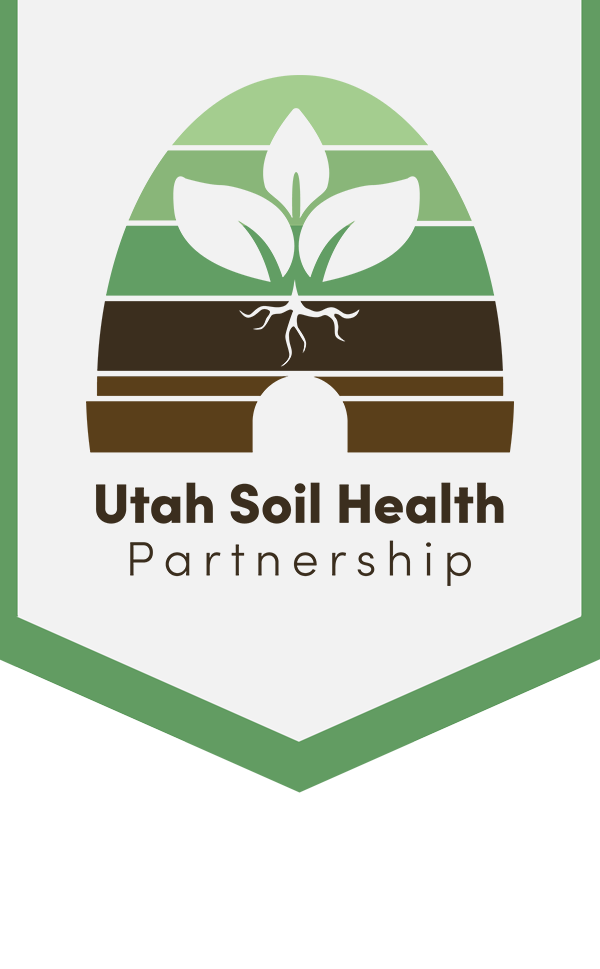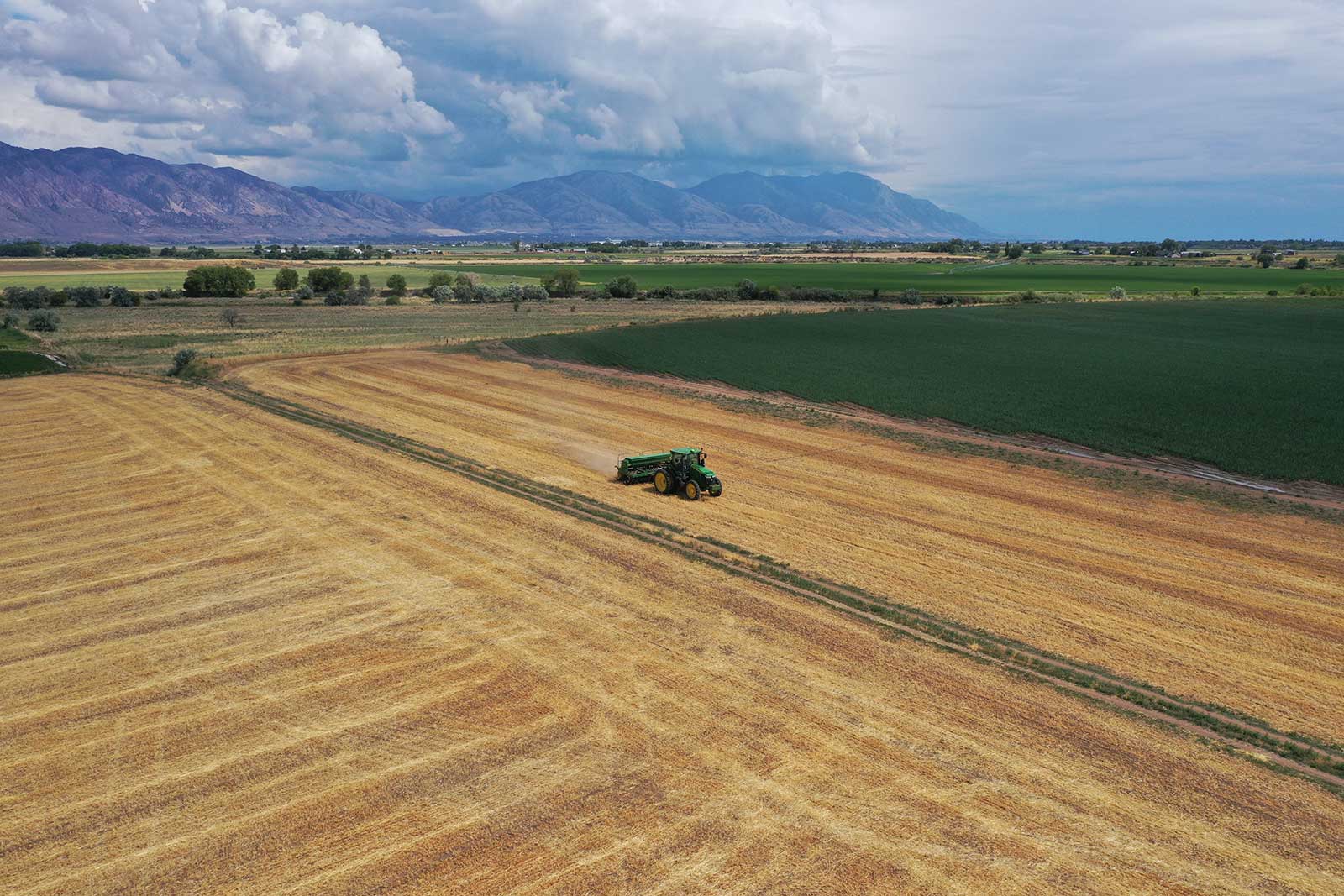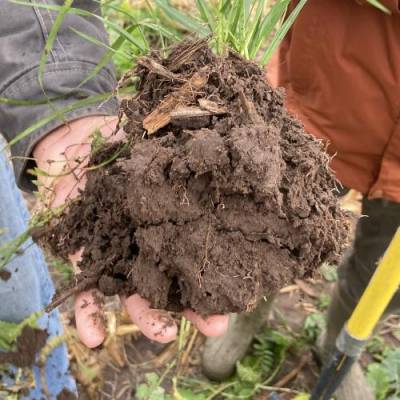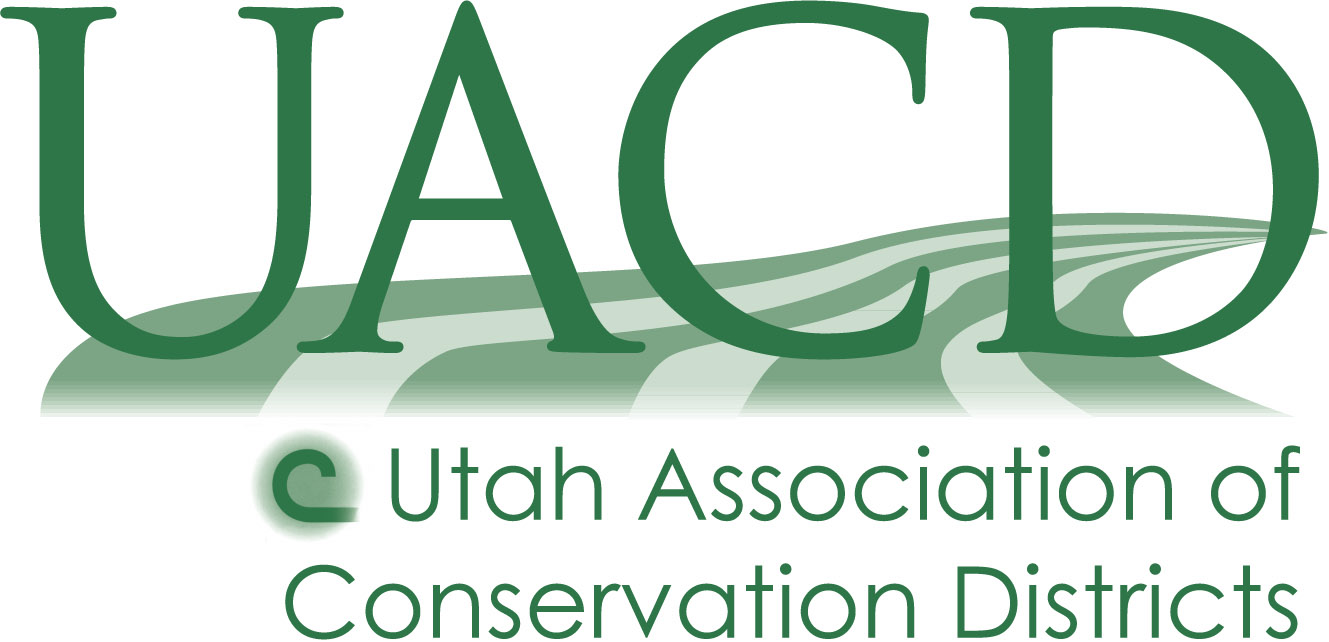
About the Partnership
The Utah Soil Health Partnership works to provide a support network for Utah farmers and ranchers trying to implement soil health practices.
6 Principles of Soil Health
The six principles of soil health help to keep and develop healthy soil. These principles help to improve soil carbon, water intake and storage, forage and livestock production, and even profits.
Know Your Context
It is important to understand your context, the climate, ecology, and type of farming or ranching operation you have will make your soil health journey unique. Though the soil health principles are universal, how they are implemented in your operation will depend on your context, becoming a reflection of your goals and style of land stewardship.
Minimize Disturbance
Excessive mechanical and chemical disturbance of the soil leads to issues like compaction, loss of soil structure, decreased infiltration, and soil biological activity. The soil is a living ecosystem, it serves as the home to billions of organisms. As the soil is disturbed the system becomes unbalanced, for example, tillage introduces an excessive amount of oxygen deeper into the soil causing microbial decomposition of matter to occur rapidly leading to the loss of soil nutrients and the release of carbon dioxide into the air. Using practices such as no-till allows for crops to be planted with minimal disturbance to the soil profile and preserve soil structure and improves soil infiltration. excessive use of pesticides can also disturb the soil ecosystem killing of beneficial organisms and soil biological processes.
Keep the Soil Covered
Bare soil is exposed to weather extremes leading to wind and water erosion or being baked in the summer heat and frozen hard in the winter cold. Bare soil lacks protection from the elements; mother nature hates to see bare soil using quick-growing plants we call weeds to cover the surface of the soil in absence of other plants. Keeping the soil covered with growing plants or residue provides a type of armor on the soil preventing erosion and excessive heat and cold.
Maximize Biodiversity
The soil is a complex ecosystem with thousands of different organisms living and interacting together, each providing a different service to the ecosystem. Increasing the amount of biological diversity in a farm system through practices such as cover crops, and crop rotations help build healthy soils as well as prevent disease issues. Using a mix of cover crops with both fibrous and tap roots can help access more of the soil profile and break up compaction issues additional including legumes and nitrogen scavenging cover crops can help cycle soil nutrients.
Keeping a Living Root
The soil is a key part of the carbon cycle where carbon can be collected, stored, and cycled for the benefit of living organisms. Using Photosynthesis, growing plants is the key to collecting atmospheric carbon and turning it into organic forms that can be used and stored. Through photosynthesis, plants turn CO2 into sugars and organic materials that supply soil biology with food. Soil biology uses this food source to build soil, including organic matter and soil aggregates. Without the flow of carbon into the soil from living plants, the soil biology starts to each the biological glues and organic material in the soil.
Integrating Livestock
Integrating grazing livestock back into the crop system helps with the cycling of nutrients by breaking down plant residue into organic forms of nutrients (urine and manure). Livestock help to diversify the economic income of the operation and can utilize cover crops that are grown for forage. Livestock increases the biological activity in the soil by serving as a vector for inoculating the soil with beneficial microbes.
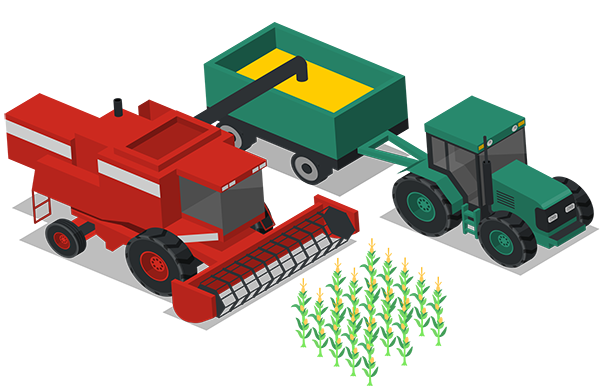

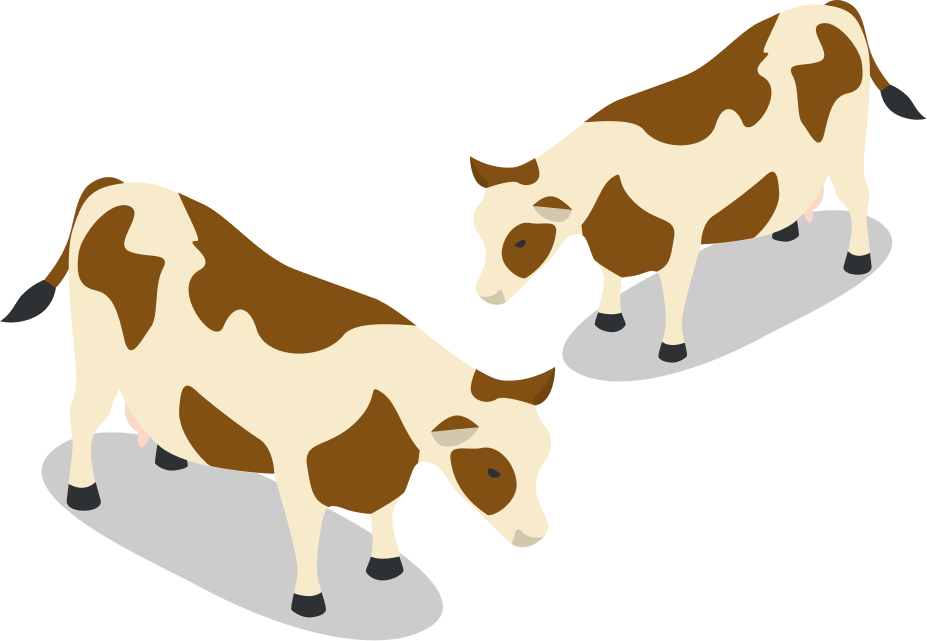



Get a Soil Health Assessment
